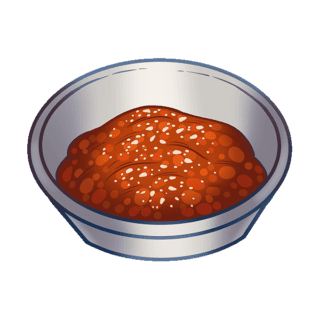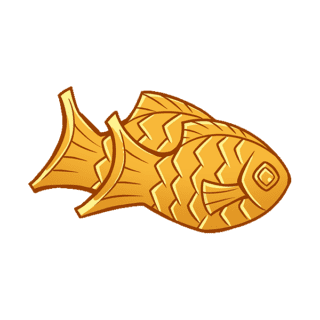Bao
At its most basic, however, bao are Chinese steamed buns or breads (or, if you want to expand that definition, you could argue there are baked and pan-fried bao too). Unlike dough used for making dumplings which is made from water and flour, bao calls for yeast-leavened dough.
These can be in the form of stuffed bao like baozi — itself being another umbrella term for many filled buns — or char siu-filled hum bao. Additionally, there are “lotus leaf” bao which are flattened and folded in half. This clam shape makes a sandwich bun that is often filled with crispy duck or pork belly.
Even within China, there are different types of bao associated with different regional cuisines, from Cantonese to further north to more inland and Uyghur variations on bao.
Bao are often enjoyed as part of dim sum, but are also commonly found as a street food or served as a snack. There are other dim sum dumplings that fall into the bao category, even if they might not be what comes to mind when hearing just “bao” by itself. This includes xiaolongbao soup dumplings and other bite-sized, unleavened-wrapper steamed dumplings. Then there are also bao stuffed with sweet fillings like lotus seed paste, jellies, and more.
Legend has it that bao were invented almost 2000 years ago, though they likely existed under a different name. With their enduring popularity, it’s easy to see how they could continue to thrive for centuries to come.





